| Original | Gradient | W/ Threshold |
|---|---|---|
 |
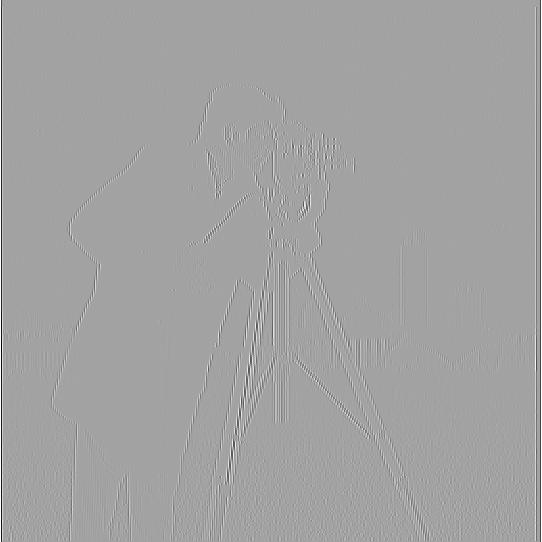 |
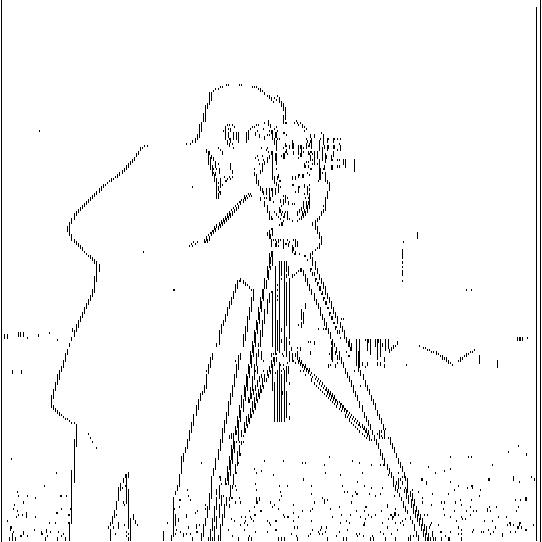 |
| Original | Gradient | W/ Threshold |
|---|---|---|
 |
 |
 |
We can compute the gradient magnitude image by convolving the image with $D_x = [1, -1]$ and $D_y = [1, -1]^T$. I convolve $D_x$ and $D_y$ first, then convolve the resulting 2d array $D_{xy}$ with the cameraman image to get its gradient magnitude image.
| Blurred | Orignal W/ Threshold | Blur W/ Threshold |
|---|---|---|
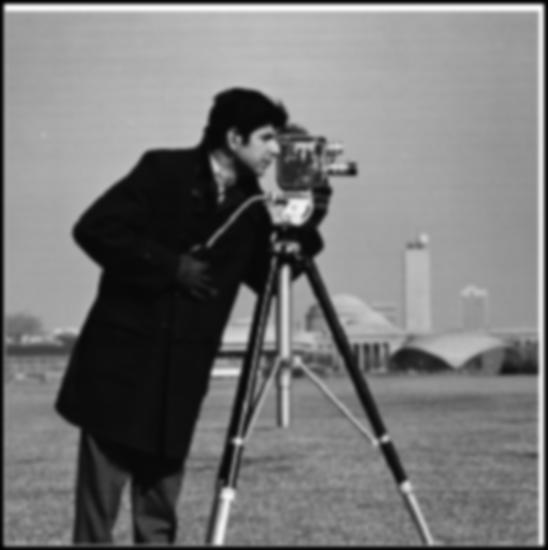 |
 |
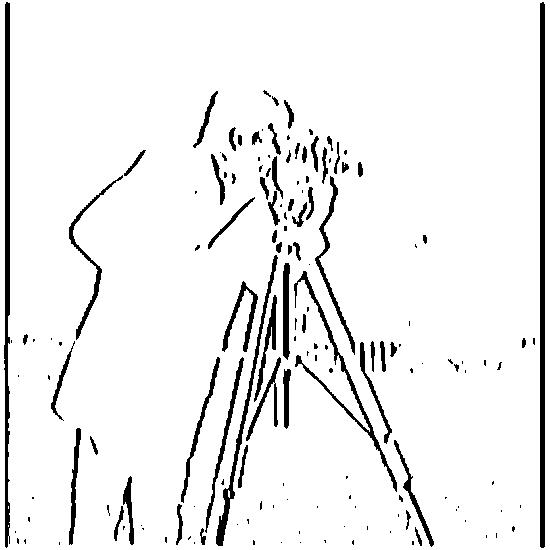 |
I apply the Gaussian filter, then subtract it from the orignal image, creating an image with the high frequencies. Then I added the high-pass image multiplied by alpha to the original image, clipping the values between [0, 1] to create a valid image. The resulting images are visually sharper.
| Orignal | Manual/Naive Way | Single Convolution |
|---|---|---|
 |
 |
 |
For evaluation, pick a sharp image, blur it and then try to sharpen it again. Compare the original and the sharpened image and report your observations.
| Orignal | Blurred | Sharped Blurred |
|---|---|---|
 |
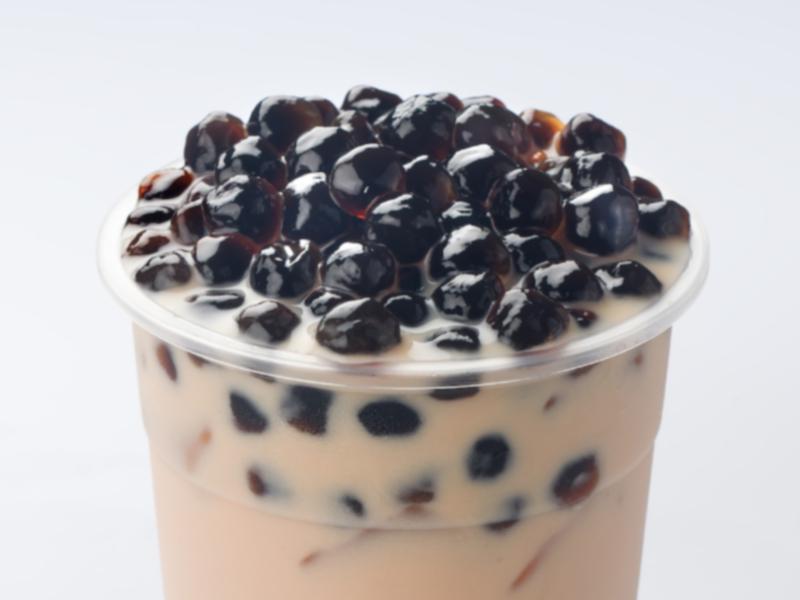 |
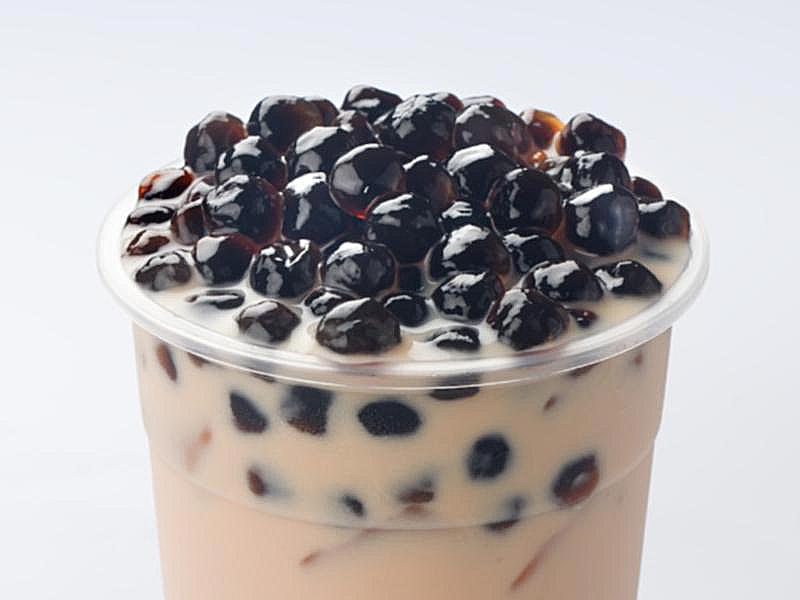 |
The sharpened image is not as sharp as the orignal image, and information has been lost, though it visually looks sharp as compared to the blurred image.
| Input 1 | Input 2 | Merged |
|---|---|---|
 |
 |
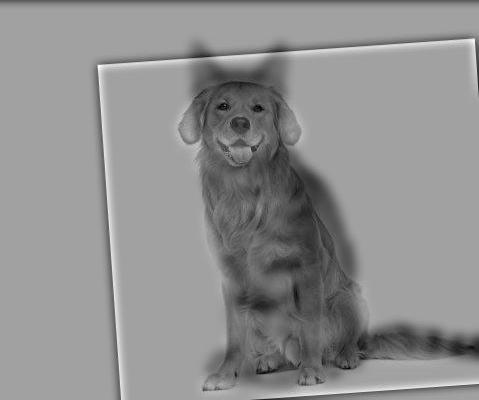 |
| Input 1 | Input 2 | Merged |
|---|---|---|
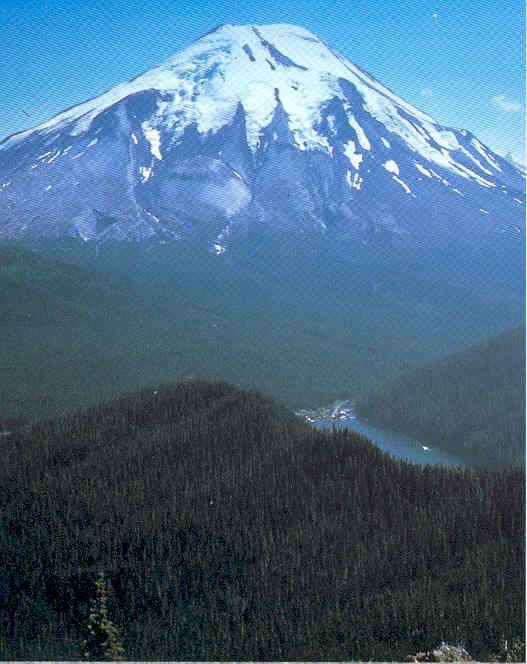 |
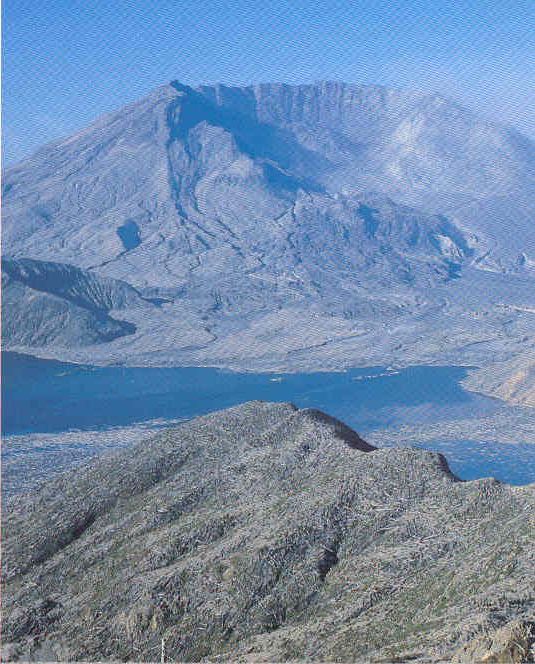 |
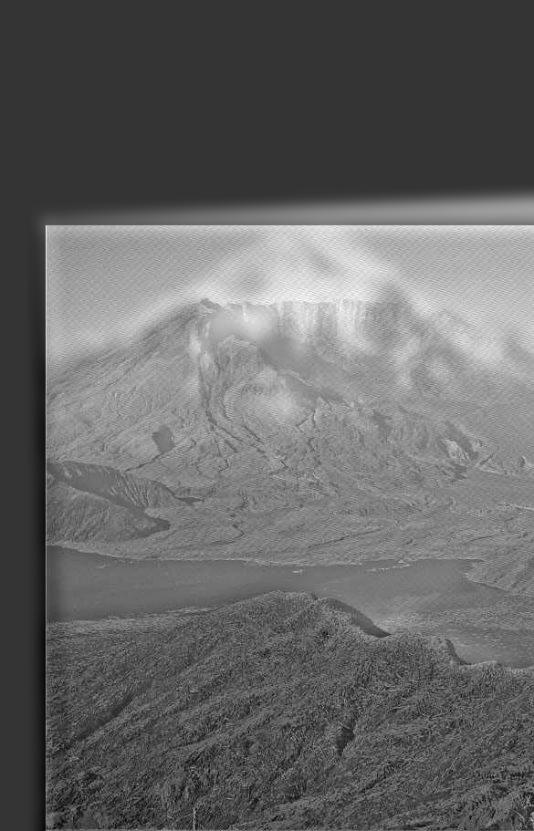 |
| Input 1 | Input 2 | Merged |
|---|---|---|
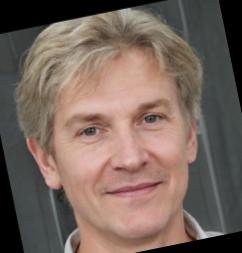 |
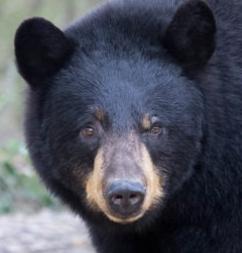 |
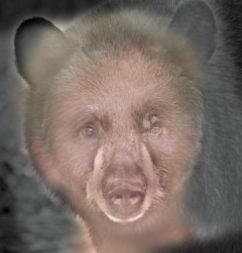 |
This hybrid image failed, likely because the two images are too dissimilar in color.
| Image | Fourier Transform |
|---|---|
 |
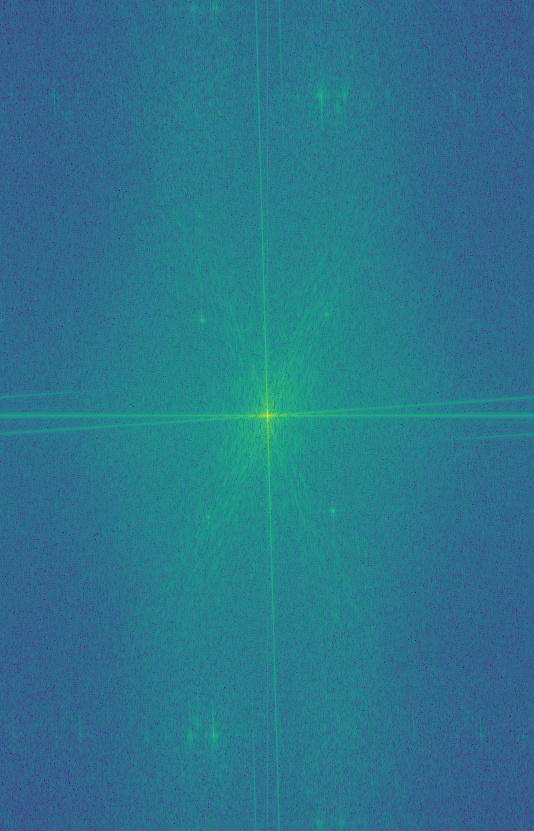 |
 |
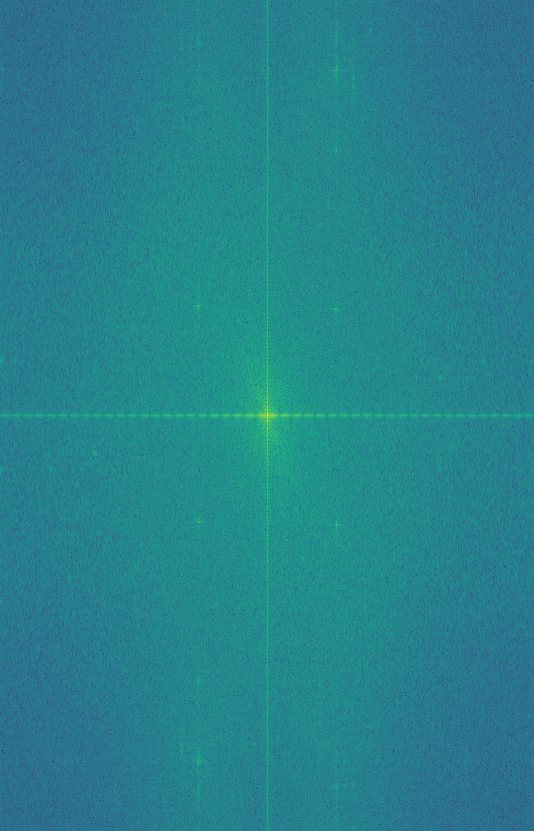 |
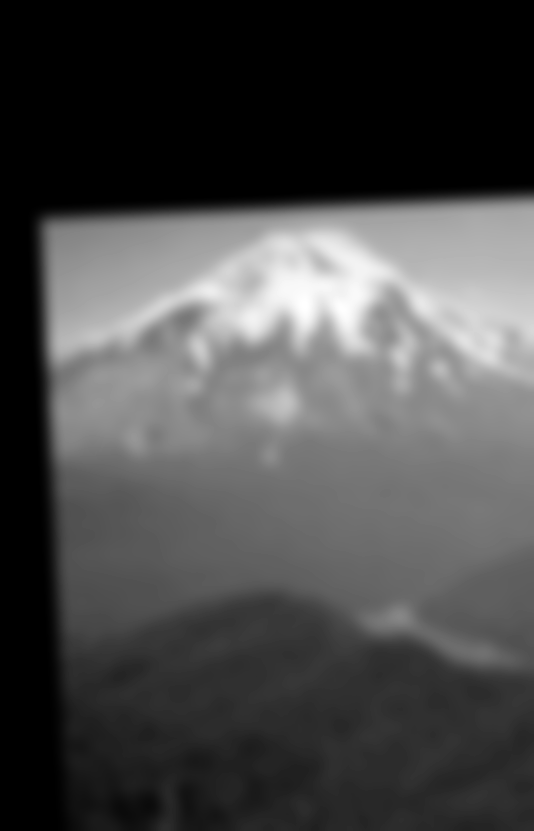 |
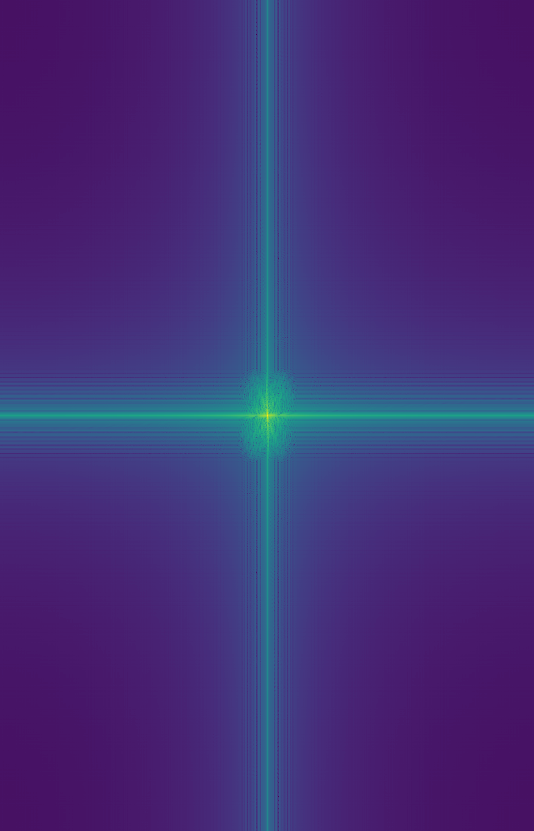 |
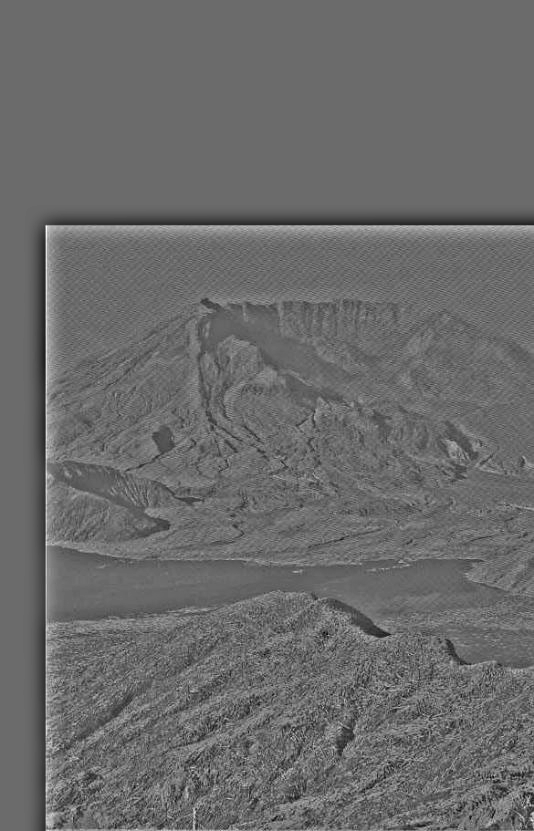 |
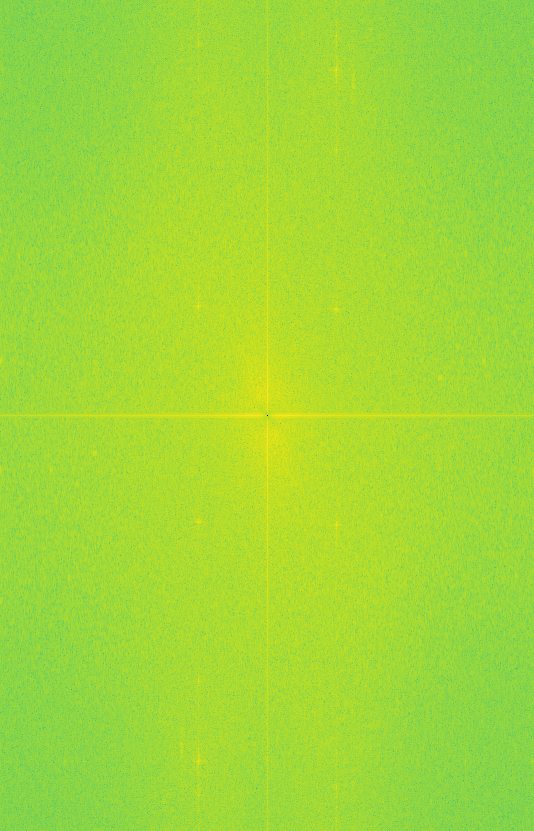 |
 |
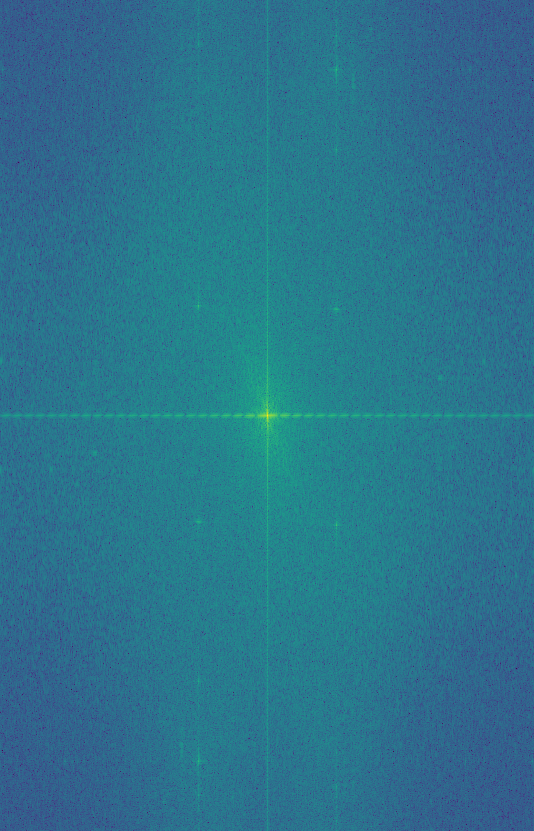 |
| Merged | Merged W/ High colored only | Merged W/ Low colored only | Merged W/ Both Colored |
|---|---|---|---|
 |
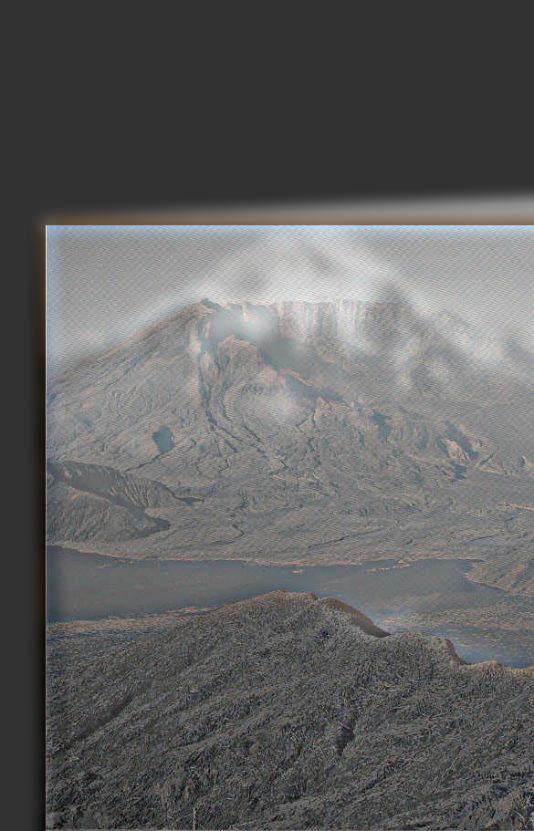 |
 |
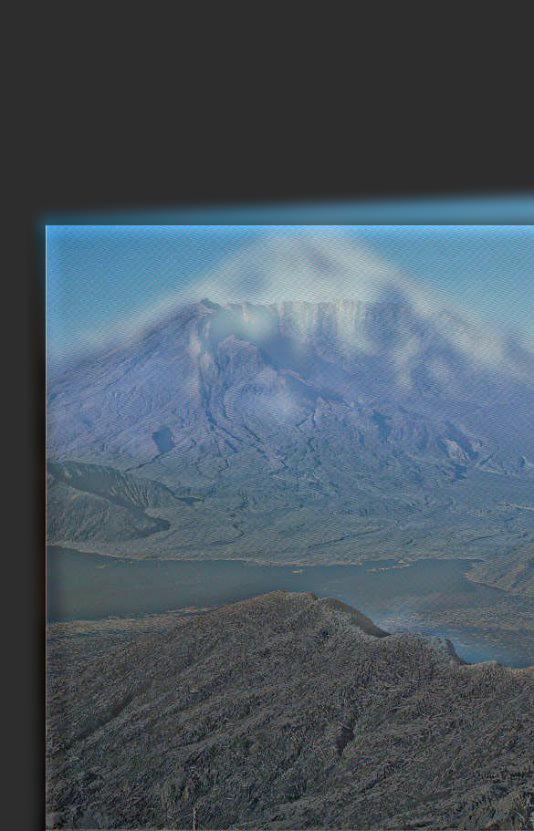 |
I think it works better to use color only for the high frequency, the other two choices make it hard to see the high frequency image.
| Merged | Merged W/ High colored only | Merged W/ Both Colored |
|---|---|---|
 |
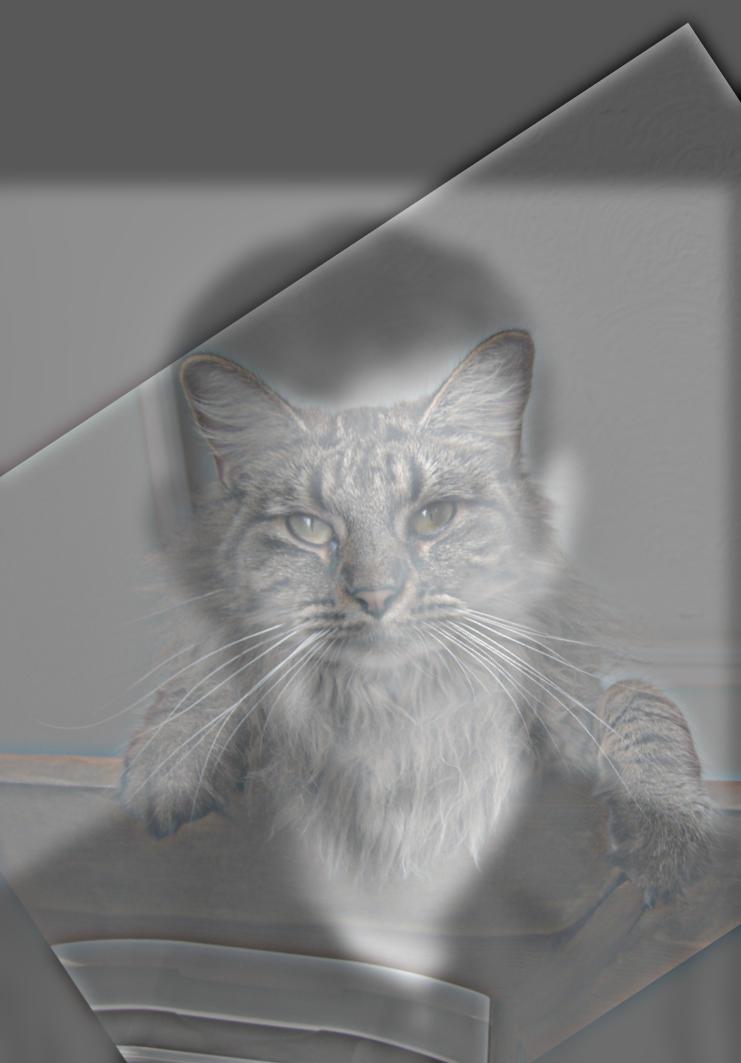 |
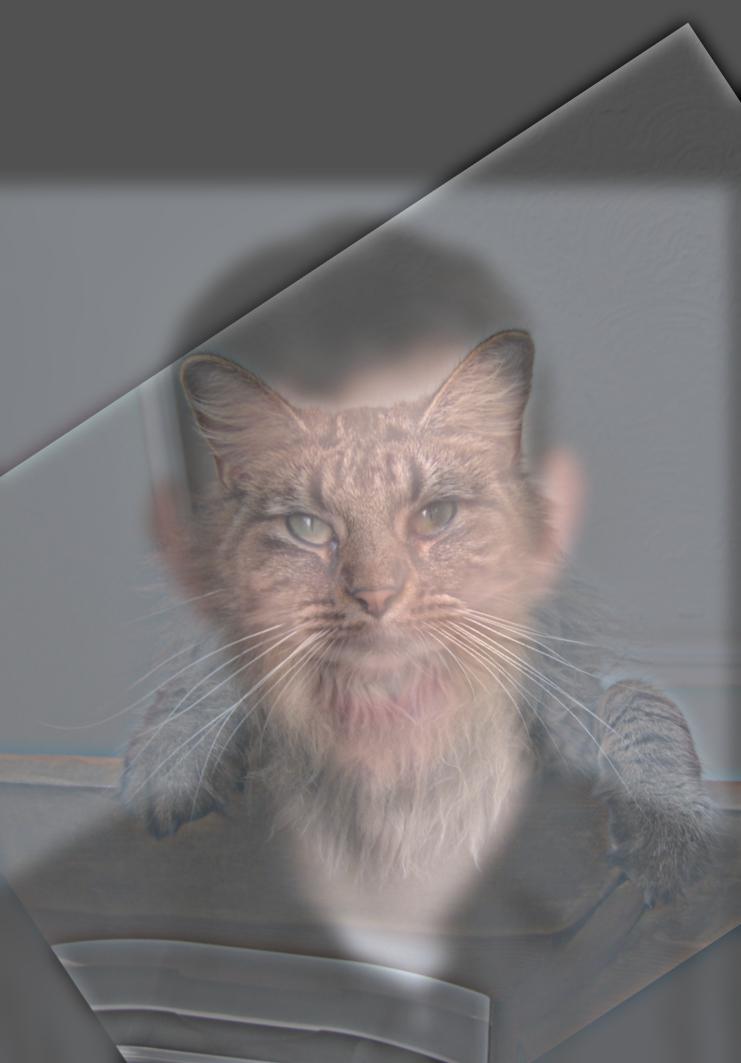 |
Similarly, I think it works better to use color only for the high frequency, the other two choices make it hard to see the high frequency image.
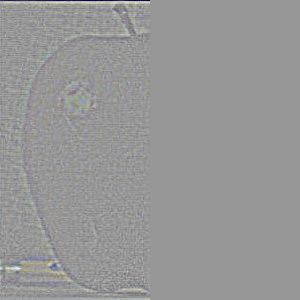 |
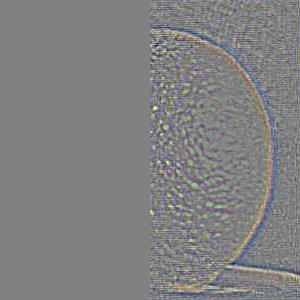 |
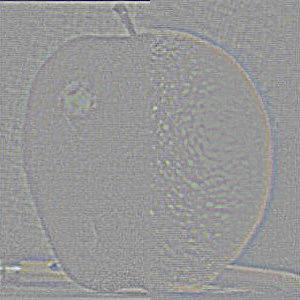 |
| (a) | (b) | (c) |
 |
 |
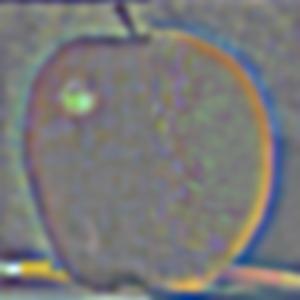 |
| (d) | (e) | (f) |
 |
 |
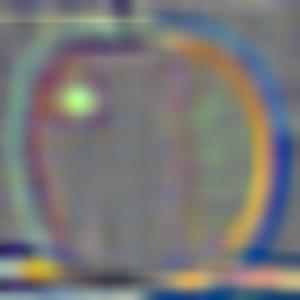 |
| (g) | (h) | (i) |
 |
 |
 |
| (j) | (k) | (l) |
 |
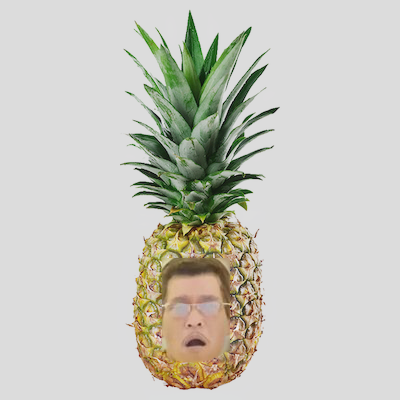 |
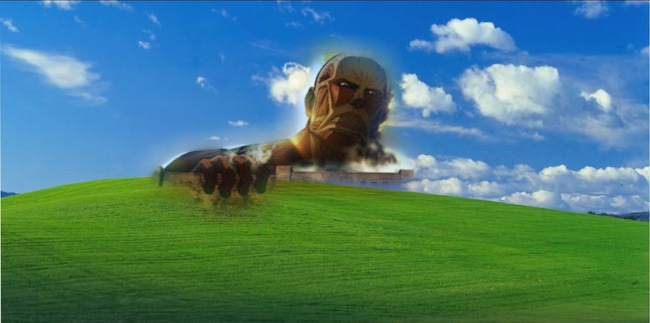 |
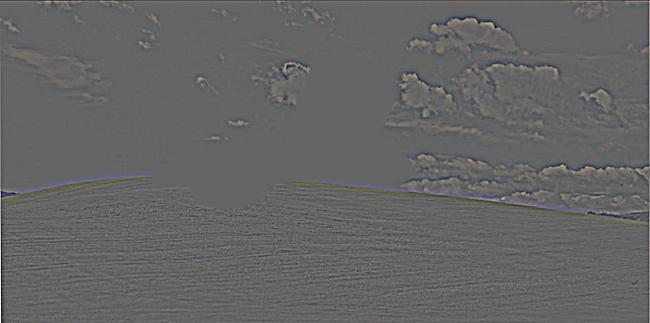 |
 |
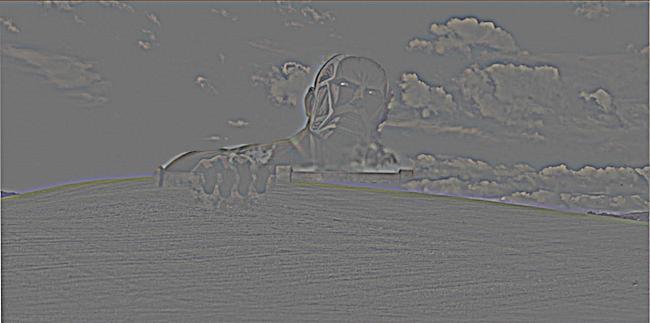 |
| (a) | (b) | (c) |
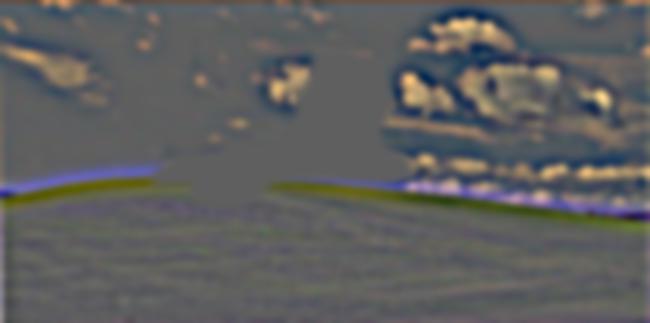 |
 |
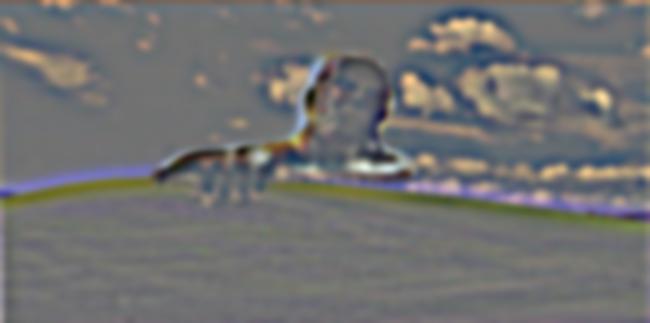 |
| (d) | (e) | (f) |
 |
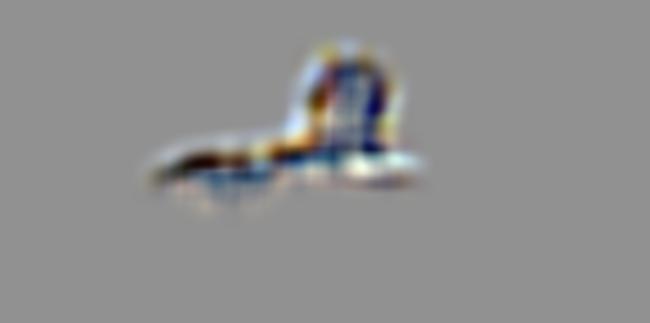 |
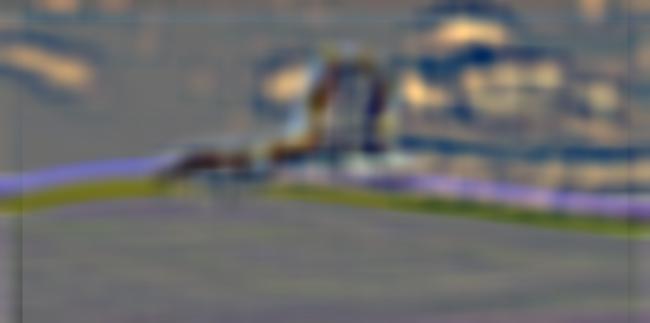 |
| (g) | (h) | (i) |
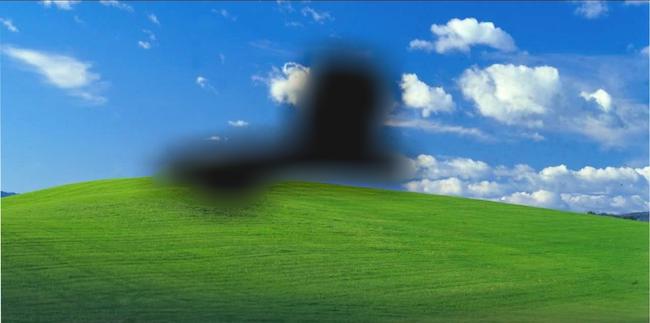 |
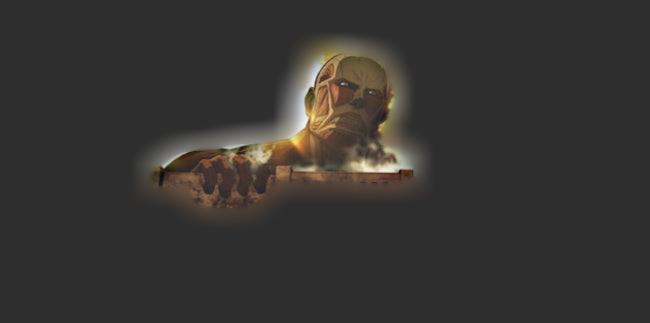 |
 |
| (j) | (k) | Final Image (l) |
I thought the hybrid images that change when you're looking at them at a distant or up close was very cool! I find it fascinating how the human eye can focus in on the high-frequencies when they're more visible, and use the low-frequencies otherwise.